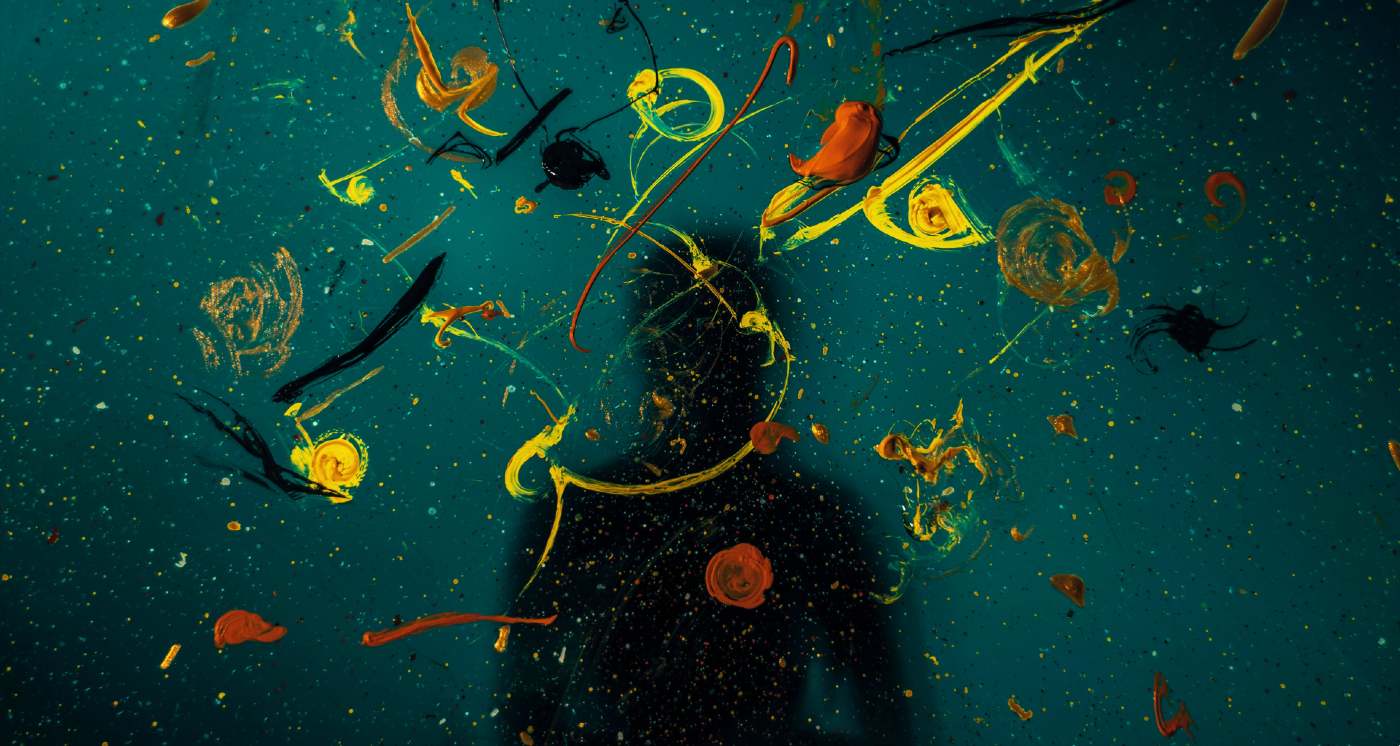Creativity is hard to define, and even more difficult to measure, but a new four-minute test is creating an easy and elegant way to at least measure one of the most common characteristics of this very human trait.
The test is simple, and consists of one question with ten answers: Can you think of two words that have nothing in common? What about five, what about ten?
By measuring the semantic difference between the ten submitted words, a deep learning algorithm can “score” one of the most detectable aspects of creativity—the ability to mentally bridge the conceptual gap between things, called “Divergent Thinking.”
Called the Divergent Association Task (DAT), it was formulated by a research team from McGill, Harvard, and the University of Melbourne. Jay Olson, a postdoctoral fellow at Harvard came up with the idea from a childhood game.
In a study of 9,000 people, Olson showed that his childhood game was wise beyond its years, as the scores followed similar patterns observed in two other common creativity tests.
The first was the Alternative Uses Task, which asks participants to think of novel uses of an object and judges the distance between the established use and the answers given.
The second was the Bridge-the-Associative Gap Test, which provides testers with two words, for example ‘book’ and ‘wood’, and asks them to provide a third which links the two—for example ‘bookshelf’.
From people aged 7-70, in 98 countries, it was found in the study, published in PNAS, that demographics mattered very little, with a slight statistical advantage given to younger people and women, but overall the results suggested that anyone can be creative. T
he algorithm meant that since no humans were judging the scores, the ultimate example of bias—creative preference, could be surpassed.
MORE: Take This Test To See You if You Have a Face-Recognizing Superpower
“Creativity is fundamental to human life,” Olson told his university press. “The more we understand its complexity, the better we can foster creativity in all its forms.”
Breaking barriers
Most of us would think of creativity as the end products we all enjoy, such as a painting, a symphony, or a poem, but far below and often months before a composer gets to direct the orchestra, it often starts with bending the rules.
Music fans will know that the sound of Mississippi Delta Blues in America came about when guitar players started using the diminished fifth note when playing minor scales or minor chords, which was a sound considered for over a century to be so unpleasant it became taboo. It took their minor scales and chords from sounding sad the way a Disney movie sounds sad, to something totally different, but it started with disassociating correlated patterns of thought and behavior.
CHECK OUT: Positive Outlook Predicts Less Memory Decline, Says New Research
Another easy example for those more fond of the canvas involves Van Gogh, whose act of painting ordinary things in colors that they don’t exist in changed the art scene he was popularized. Again it started with a person who was simply able to disassociate the things his mind had stuck together.
“Our task measures only a sliver of one type of creativity,” says Olson. “But these findings enable creativity assessments across larger and more diverse samples with less bias, which will ultimately help us better understand this fundamental human ability.”
Curious to see how creative you are? Take the test here.
SHARE This Test With Pals Who’d Love to Take It…





















As an inventor of 3 life saving medical devices, an investment software developer and author of ten movie scripts, I found that creativity comes primarily from concentrating on the subject or problem and then learning as much as you can about the topic. IE, Einstein learned all he could about photons before imagining himself riding one of them across the universe. There is no test for that kind of creativity.